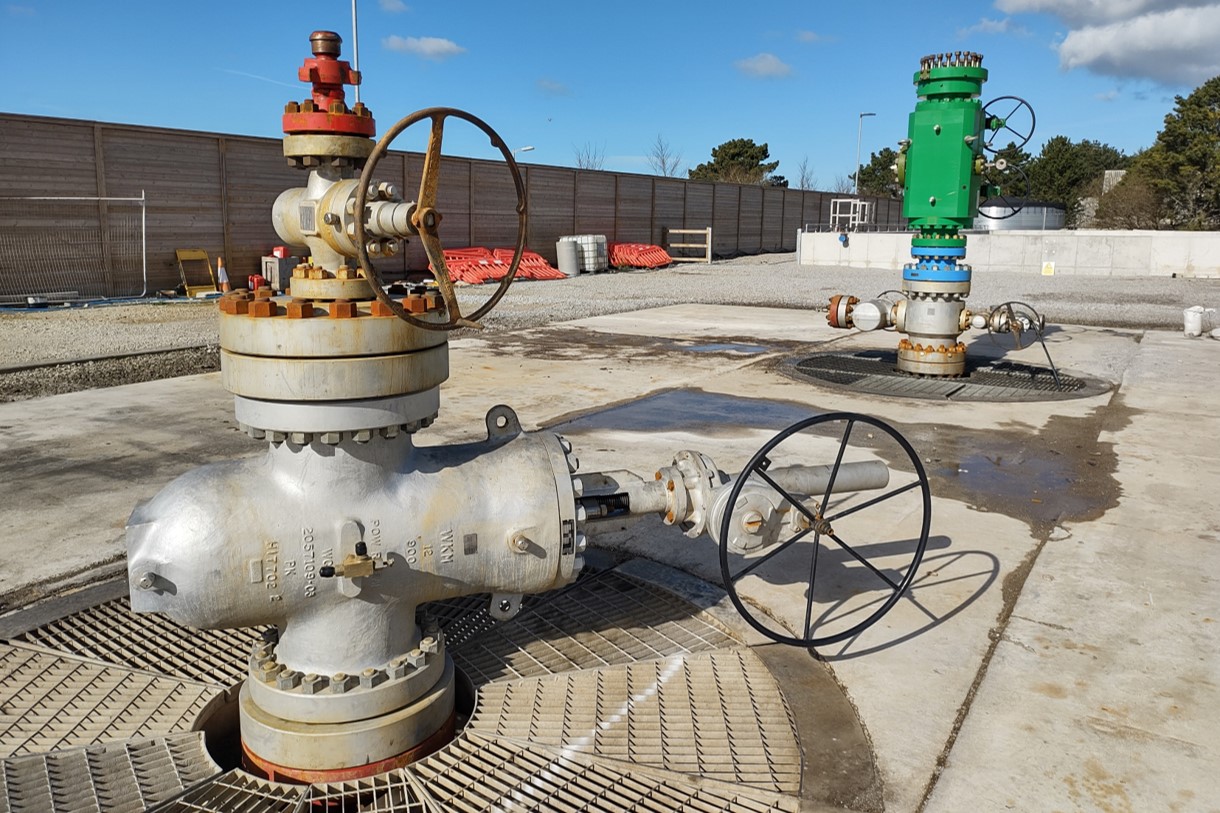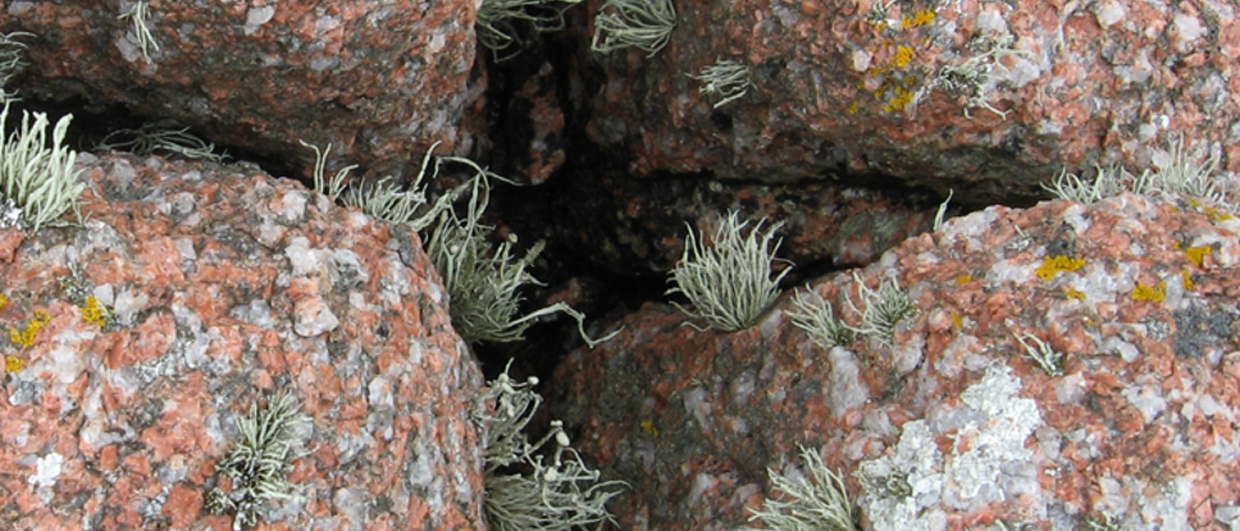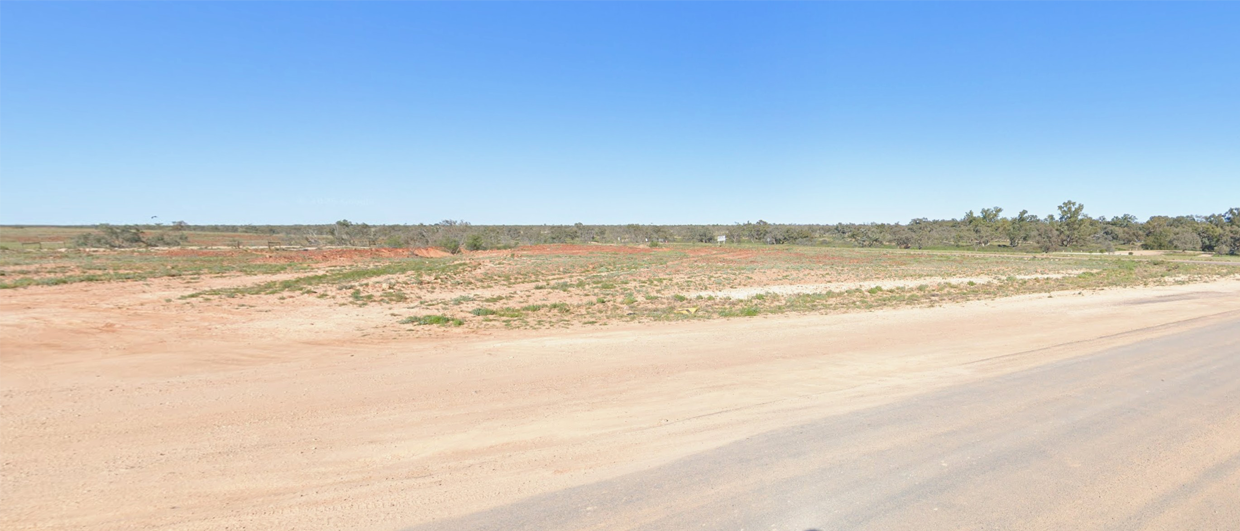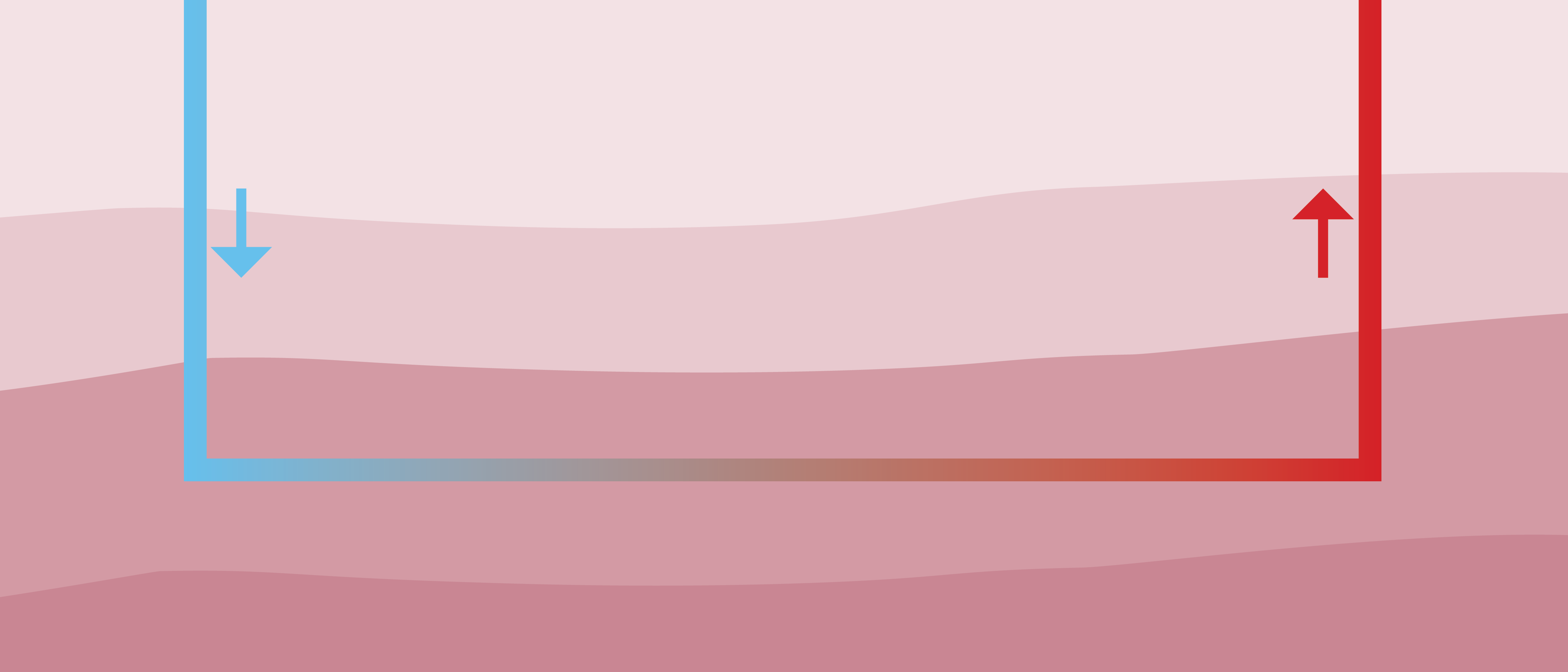The United Downs is a unique geothermal project in the UK. Two wells drilled through a major, near vertical fault zone in Cornwall (Porthtowan Fault), southwest England, will soon be properly tested through water production from the deep well and injection in the shallow one.
Granitic basement
“The host rock is granitic basement,” Hazel Farndale explains, “hence the need to drill through a fault zone, as the granite does not have sufficient natural permeability to produce a large fluid reservoir.” Hazel is the geologist for Geothermal Engineering Ltd (GEL), the owners and developers of the United Downs deep geothermal power project.
Fault detection
No advanced kit was needed to detect the fault zone during drilling. Mud losses turned out to be the perfect indication of drilling through heavily fractured rocks. “The fault zone is formed of a series of extensive faults and has a width of approximately 600 m in which the rocks have been extensively fractured and broken, resulting in increased flow capacity,” Hazel continues.
The future production well is the deepest onshore well in the UK at 5075 m TVD, and first transects the fault zone at around 4100 m depth. The injection well is significantly shallower and was drilled through the same fault zone, reaching 2214m TVD. Yet, it is thought that the two wells are in hydrodynamic contact, which should ultimately lead to pressure re-equilibration given that no net loss of water will take place.

High temperatures
Temperatures at the bottom of the producing well are around 180° C, whilst the expected return temperature will be 80° C. “Under these extreme circumstances,” Hazel explains, “it is the steel casing that determines the lifespan of the project, which is thought to be on the order of 30 years.”
This month, an electric submersible pump will be installed in the production borehole, which marks the start of the next important phase of the project. If production tests are successful, a power plant will subsequently be built. “It is expected that it could be operational in 2022, as the modules required are relatively straightforward to assemble,” Hazel says.
Induced seismicity
The project will be closely watched by the geothermal and local communities. During the injection tests, small induced seismic events were recorded up to a maximum magnitude of 1.7. Although this would not cause any damage, some people reportedly felt the event and GEL had to closely monitor and manage seismicity throughout testing.
To put this into perspective, the Peak Ground Velocity (PGV) measured during the event was 0.8 mm/s, which is about ten times less than the limit of 8.5 mm/s imposed by the local authority.
Granite is a competent rock, which is known to be more susceptible to releasing stress through seismicity than sedimentary rocks. It may therefore not be too much of a surprise that some seismic activity took place. Many projects across the globe in comparable geological settings have shown similar things, but ultimately a production test is the only way to find out how the subsurface will respond during operation.
Eden
The United Downs wells will soon cease to be unique in Britain, as drilling at a second geothermal project is currently under way. This deep geothermal project aims to supply the famous Eden greenhouses with geothermal energy.
However, the United Downs project is still ahead in terms of overall project progress and we will hopefully soon be able to further report on a successful series of production tests of this intriguing project.
HENK KOMBRINK





